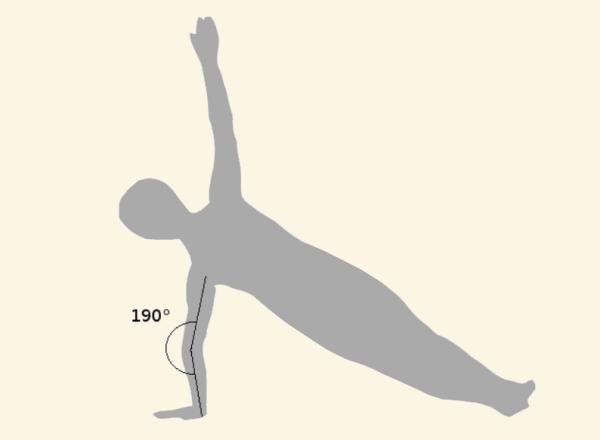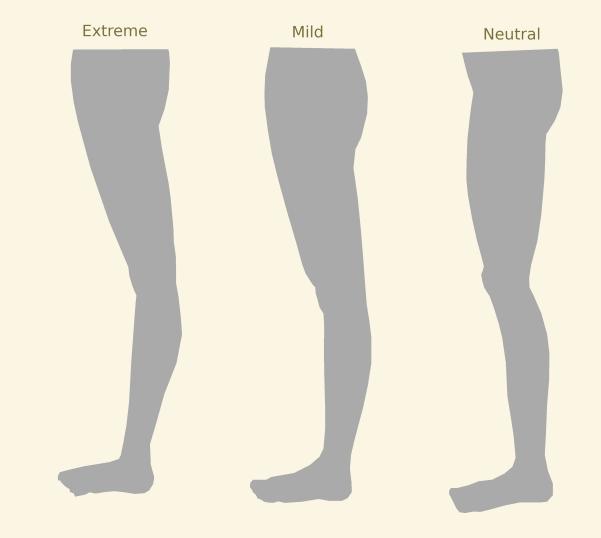What is hyperextension of joints?
Hyperextension means the extension of the joints beyond their normal range of motion. Hyper-extension can be most commonly seen in the elbows and the knees where they move slightly beyond the normal range of motion (looking like they are bent backward, see photo below). It also occurs in the shoulders, fingers, spine, and hip joints.

What are the reasons behind hyperextension?
Some of the reasons for hyperextension are
- Weak muscles around the joint.
- Bone shape or depth of the particular joint.
- Genetic hypermobility (like the people who do contortions)
- Lack of awareness and not knowing how much to extend the joint.
How to know If I am hyperextending my joints and what effect could it have on my joints?
You can observe hyperextension when a person is doing a yoga posture like the high plank, where the arms are taking the body weight (see photo above). If the muscles are not appropriately engaged then (in some people) the elbow can be seen making an angle more than 180 degrees. This puts lots of strain on the ligaments and joints, and in the long term could affect the structure of the joints, slowly eroding the bones because of the friction and force applied.
Here is a sketch showing the hyperextension in the knees.

How to fix hyperextension in Yoga postures?
People who have this problem must engage the muscles by slightly bending (micro bending) the joint, not to the extent where it looks bent but just in a neutral position. This is very difficult to become aware of initially, and if the muscles are not sufficiently strong may mean the student has to do an easier variation of the posture even if they feel they can do the advanced one. People with hyperextension may be overly flexible (meaning they can do some advanced postures straight away) but they need to focus on bringing strength and stability to the body.
People with hyperextension should not lock their joints, not only in the Yoga poses but also while doing other daily activities, like walking, standing, or carrying an object with their arms. The tendency to lock the joint is because when you do it, your muscles are doing minimum work (and who wants to use the muscles all the time). So all the load gets transferred to the bones and the joints putting strain on the connective tissues (eg. ligaments, tendons) which might slowly accumulate into a painful joint.
If you have hyperextension, MICRO-BENDING the joints should be your mantra. Always have this in mind during whatever activities you are doing. If you are carrying an object with your arms bend it slightly so that the muscles do the work and the strain doesn’t go to the joints. If you are standing then micro-bend the knee so that the muscles around the knee are activated.
Will strengthening the muscles help with hyperextension?
Yes, strengthening the muscles can definitely help. Strengthening the muscles can shorten them a bit which might not allow the joint to move beyond the healthy range of motion. So for hyperextending elbows strengthening the biceps, triceps, and forearm muscles can help. For hyperextending knees strengthening the calves, hamstrings and quadriceps can help.
Weights training can be a huge advantage for people with hyperextension (as long as it’s done with awareness). Biceps curls, triceps kickback, etc could be done for fixing elbow hyperextension. Squats (weighted), hamstrings curls, etc could be done for fixing knee hyperextension.
